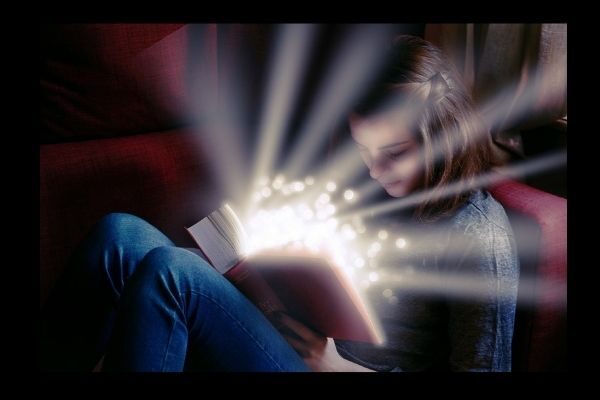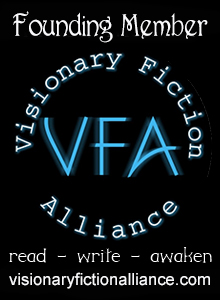
“By taking the lid off the unconscious, we can be guided by its knowledge,” says Bernie Siegel, in an article titled Making the Invisible Visible–How dreams and drawings reveal the unknown and invisible.
Siegel, a self-described Jungian surgeon, encourages his patients to share, through drawings, their experiences of life and illness.
He, in turn, uses these drawings to make therapeutic decisions based not just on intellect, but also inner knowingness.
“What makes our species unique,” he says, “is not our ability to reason, but our use of symbols. Through images and symbols, the invisible is made visible.”
This got me to thinking.
Fiction writers also make the invisible visible by taking the lid off the unconscious–allowing it to speak (in case of the writer) and be spoken to (in case of the reader)–through the use of images and symbols.In her book, Between the Lines, Master the Subtle Elements of Fiction Writing, Jessica Page Morrell explains how writers use imagery and figurative language to express something that is not the literal meaning, convey abstract ideas, and add complexity and implications to their work.
She writes, “Used artfully imagery acts almost like a sixth sense, whispering to the reader’s subconscious.”
Writers “use imagery to appeal to the reader’s associative powers,” Jessica says, “allowing an image to appear as a whole in the reader’s imagination, complete yet connecting with all the sensations surrounding it.”
Images, “intensify the unspoken, often creating patterns that resonate with meaning and help to explain or stand in for difficult-to-describe concepts and emotions.”
A lesson for writers: Readers have an intuitive understanding of symbolism, so don’t be afraid to use it.
As always, thanks for stopping by,

